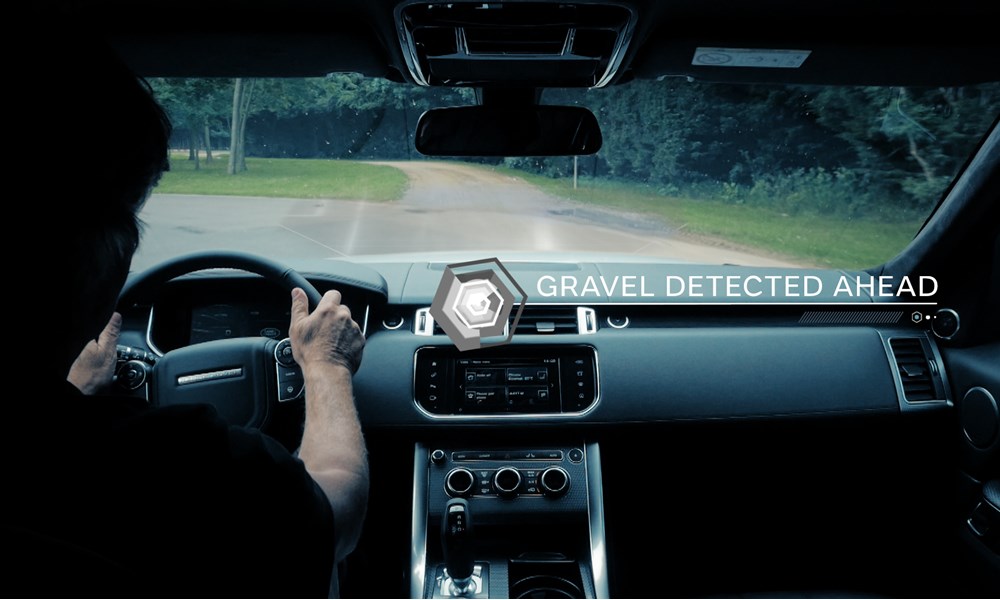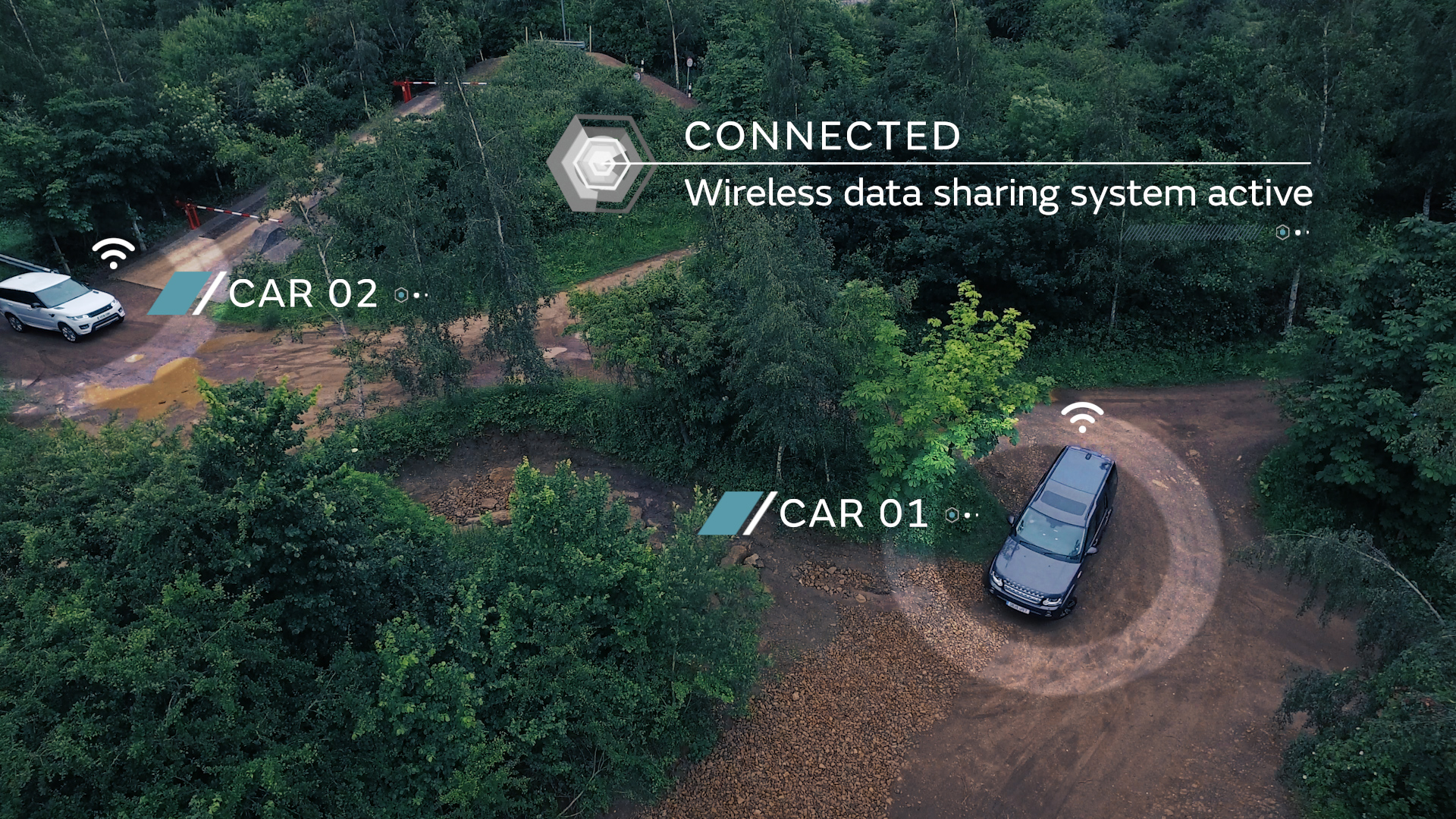
If there’s one thing Land Rover is known for, it’s pushing the boundaries of performance technology with its wide-ranging research. The latest highlight from the marque’s R&D department is a range of technologies that would allow future autonomous vehicles to drive over any surface or terrain.
Adventure doesn’t take a rain check, and neither should the most capable next-gen vehicles. The Jaguar Land Rover “Autonomous all-terrain driving” research project is focused on designing a vehicle that’s viable in the widest possible range of on- and off-road driving environments and weather conditions.
“We don’t want to limit future highly automated and fully autonomous technologies to tarmac,” said Tony Harper, Head of Research, Jaguar Land Rover.
“When the driver turns off the road, we want this support and assistance to continue. In the future, if you enjoy the benefits of autonomous lane keeping on a motorway at the start of your journey, we want to ensure you can use this all the way to your destination, even if this is via a rough track or gravel road.
This autonomous capability is made possible by the next-generation sensing technologies that Harper and his team are designing. These sensors are always active and can see far better than human drivers, providing a basis for the artificial intelligence that will allow the vehicle to “think” for itself and plot a route across any surface.
The Autonomous all-terrain driving project includes the following areas of research:
- SURFACE IDENTIFICATION AND 3D PATH SENSING: This research combines camera, ultrasonic, radar and LIDAR sensors to produce a 360-degree view around the vehicle. With this array of sensors, the vehicle can scan up to five meters ahead to identify surface conditions. An autonomous Terrain Response system could then automatically change settings before the vehicle makes the switch between terrains.
- Overhead Clearance Assist: Stereo camera technology will allow the vehicle to scan ahead for overhead obstructions. The driver can program the vehicle’s height (including removable additions such as roof boxes or bicycles), the system will alert signal an alert via touchscreen if there is insufficient clearance.
- TERRAIN-BASED SPEED ADAPTION (TBSA): This technology will use cameras to identify bumpy or uneven terrain ahead, including washboard roads and standing water. The system can then predict the potential impact of these surfaces and automatically adjust speed for passenger comfort.
- Off-Road Connected Convoy: One of the key elements of all-terrain autonomous driving will be the ability for vehicles to communicate with one another. Jaguar Land Rover has successfully connected two Range Rover Sport vehicles together via DSRC (Dedicated Short Range Communications) to facilitate this communication. The system allows the vehicles to share information such as location, wheel-slip, and All-Terrain Progress Control (ATPC) and Terrain Response settings instantaneously.

Land Rover is leading the way to a bold new future of all-terrain driving, and its current technologies offer a compelling taste of things to come. Visit us at Land Rover Cary to learn more.
Image Credit: Land Rover

